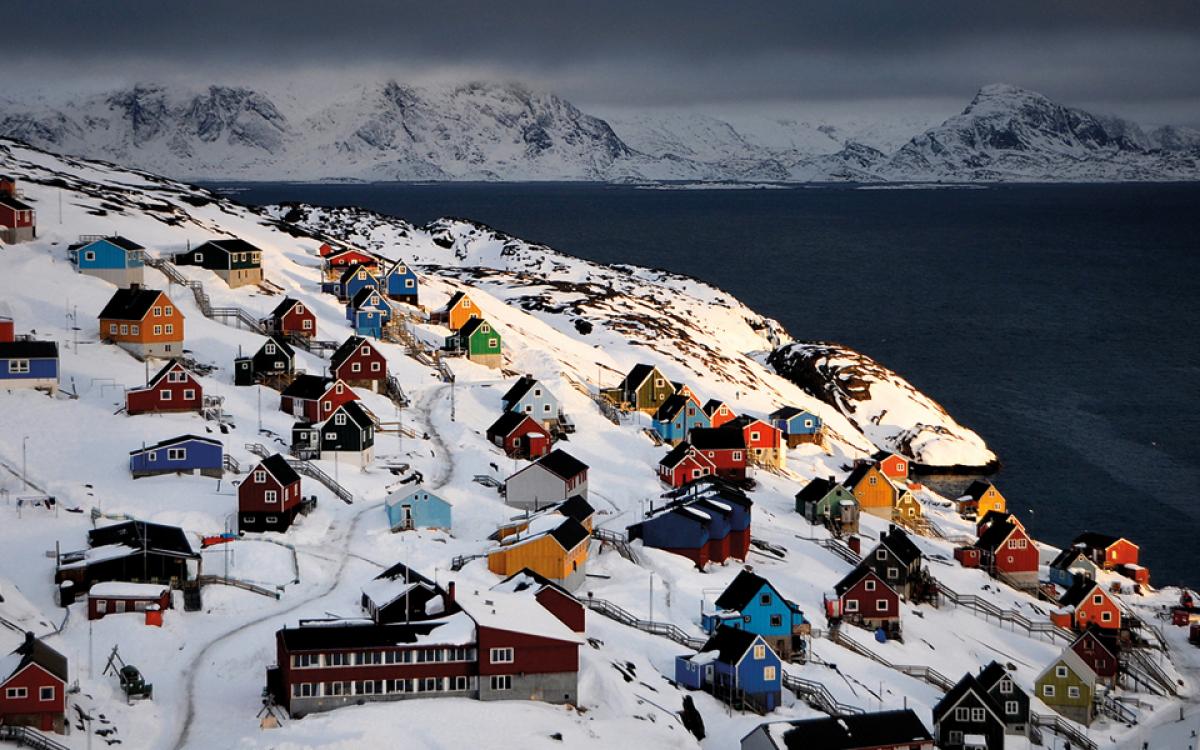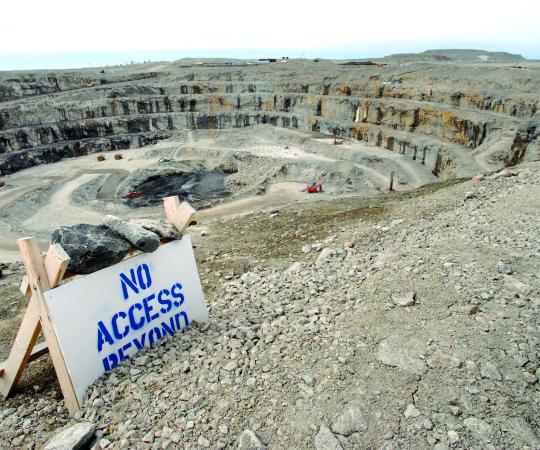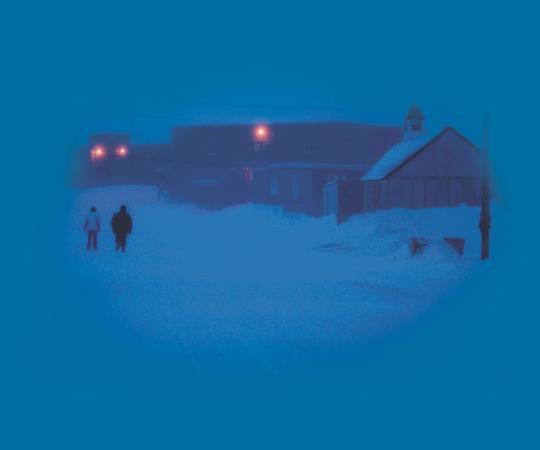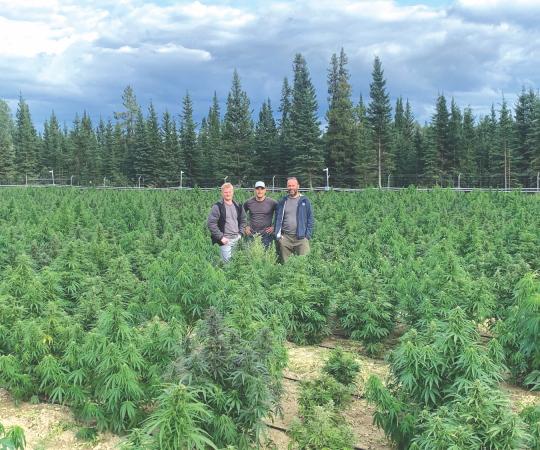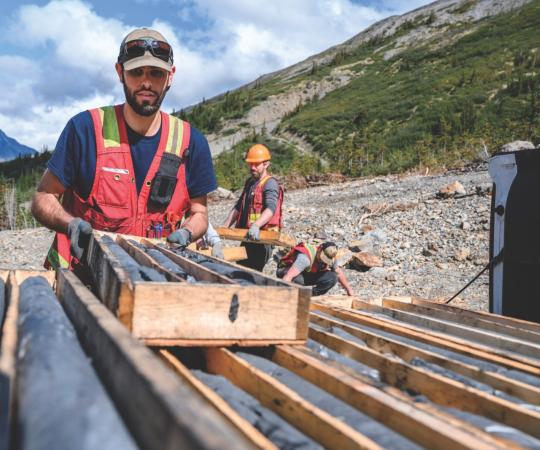No inside-the-box thinking
Nothing is simple in the North. Though shipping pre-fabricated homes to communities for quick assembly is cheaper than lengthier local stick-builds, home construction is a big economic driver in smaller communities, where jobs are scarce. For this reason, it’s unlikely the answer to Canada’s Arctic housing woes will come in a tidy modular package from the south.
A made-in-Canada solution?
Douglas Cardinal, the architect behind the Canadian Museum of History in Ottawa, has partnered with the Usand Group to construct houses and provide financing options to potential homeowners on reserves and in Canada’s North. Often, houses in these regions suffer from neglect, not only due to poor design but also because tenants don’t own the houses they live in and don’t have an incentive to maintain them. The Douglas Cardinal Housing Corporation is promising homes that can last 50 years, built from cross-laminated timber that eliminates gaps where moisture accumulates and breeds mould.
Houses that can handle the heat
In 2005, Danish firm Ramboll built a sleek low-energy house in Sisimiut, Greenland—an airtight duplex that uses a heat-recovery ventilation system (outgoing hot air warms incoming cold air) and solar collectors to heat the water tank. After five years of study and incremental improvements, it required 118 kWh per square-metre annually—nearly half of Greenland’s building code standard of 230 kWh/m2. (Experimental houses in Alaska have been built with R70 walls and an R100 ceiling. To compare, the Ontario building code calls for R20 to R24 walls, R50 ceilings.)
In milder Tromsø, Norway, the I-Box 120 passive housing project was conceived to eliminate conventional heating systems. The stylish seven-unit rowhouse uses a solar ventilation heating system with panels built into the house’s façade. The home is also partially heated by appliances in use and even heat expelled by its occupants. Its energy consumption? Just 62 kWh/m2.

Bigger ain’t always better: One surefire way to bring down construction costs is to build high-density, multi-unit dwellings. But that doesn’t always fit with Northerners. Take Blok P, the five-storey, 209-metre long apartment building in Nuuk, Greenland—perhaps the most audacious example of Arctic urbanization. At one time, it was Greenland’s largest building and was said to house more than one-percent of the country’s population. The apartment went up in 1966 to house hundreds of Inuit relocated from smaller, traditional settlements, a consequence of a Danish administrative policy called G60. Many tenants, newly displaced from their turf dwellings, found Blok P to be immediately at odds with their lifestyle. Storage space was sparse so fishing gear was kept on balconies beside the drying catch; animals were slaughtered in bathtubs, clogging up pipes. Blok P, over time, became a prominent symbol of Danish colonialism. It was demolished in 2012.

